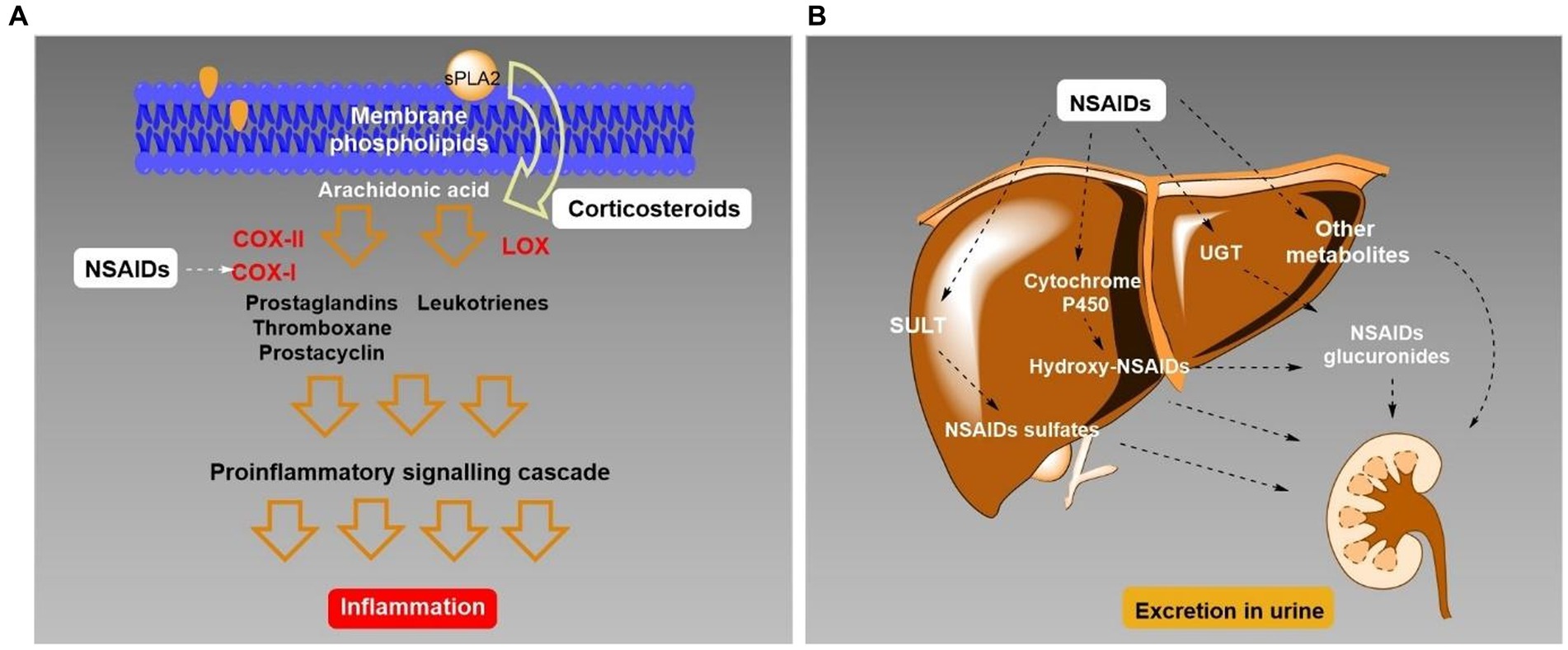
🧠 Apremilast, an Anti-Inflammatory Drug, Shows Potential in Managing Alcohol Dependency and Pain Sensitivity
A promising new avenue for individuals dealing with alcohol use disorder (AUD) may soon emerge, as indicated by recent engaging research published in JCI Insight. Researchers from Scripps Research have discovered that apremilast, an FDA-sanctioned medication typically used to manage inflammatory disorders like psoriasis and psoriatic arthritis, might effectively diminish both high alcohol intake and the pain sensitivity associated with alcohol consumption.
This breakthrough represents a notable development in addiction science, potentially tackling two of the most challenging components of alcohol reliance: the urge to consume alcohol and the persistent pain that can arise during active use and extended periods of sobriety.
Investigating the Relationship Between Alcohol and Pain
The World Health Organization estimates that around 400 million individuals over the age of 15 globally are affected by AUD. Many individuals with AUD experience a condition known as mechanical allodynia, wherein even a light touch can induce pain. This heightened sensitivity not only affects quality of life while drinking but can also extend into periods of sobriety—sometimes lasting for weeks or longer—and may lead to relapse as individuals seek relief through alcohol.
“Many people grappling with alcohol dependence endure ongoing pain that can result in relapse,” stated senior author Dr. Marisa Roberto, a neuroscience professor at Scripps Research. “Our research underscores the potential therapeutic benefits of apremilast in alleviating co-occurring drinking behaviors and mechanical allodynia during prolonged sobriety—a vital aspect of problematic drinking and AUD psychopathology.”
A Comprehensive Study in Rodent Models
In their investigation, the scientists evaluated the impact of apremilast on two categories of rats: genetically engineered rats prone to heavy alcohol consumption and typical lab-bred rats. These animal models generally provide reliable insights into human physiological and behavioral responses.
The findings were encouraging. Apremilast led to a reduction in alcohol intake across all tested groups, independent of their genetic predispositions or sex. Surprisingly, the medication also eased alcohol-related mechanical allodynia not only during active drinking sessions but also for as long as four weeks after alcohol had been withdrawn—illustrating its potential role in supporting enduring recovery.
While effects varied slightly among different groups—certain male rats, for instance, exhibited varied responses to the drug’s pain-relieving effects—the overall benefits of apremilast in decreasing alcohol intake and alleviating pain were evident.
Deciphering the Brain’s Chemistry
To understand the mechanisms behind apremilast’s effect on both pain and alcohol intake, the researchers concentrated on the central amygdala, a brain region intricately associated with addiction and pain processing. In one particular rat strain, apremilast heightened inhibitory signaling in this area, which plays a crucial role in regulating emotions and impulses, thereby fostering balance and possibly mitigating compulsive behaviors such as binge drinking.
The research also indicated that alcohol exposure led to an upsurge in the expression of phosphodiesterase-4 (PDE4) genes in male rats. Apremilast functions by inhibiting PDE4, an enzyme linked to inflammation and neural signaling. This mechanism might explain the drug’s capacity to alleviate both drinking habits and pain hypersensitivity.
“The reduction patterns differed between males and females, as well as across different strains,” noted Bryan Cruz, a postdoctoral fellow at Scripps Research and the study’s principal author. “Recognizing these differences will be essential in formulating treatments that are effective for diverse populations.”
Clinical Repercussions & Prospective Avenues
While this study centered on animal models, it builds on earlier research that showed apremilast’s effectiveness in reducing alcohol consumption in both mice and human subjects. These insights are critical, as there is currently no widely utilized medication that effectively addresses both the neurobiological and physical manifestations of alcohol use disorder.
The research team aims to advance their studies to include human clinical trials and determine whether the anti-inflammatory medication can also ease psychological issues such as anxiety and emotional turmoil, which commonly occur alongside AUD and may escalate the risk of relapse.
“For more than ten years, it has been well-established that anxiety triggered by withdrawal is a significant factor behind relapse,” remarked Dr. Roberto. “Thus, tackling other key elements of the addiction cycle is essential, as many people turn to alcohol to help cope not just with physical discomfort but also with emotional distress.”
A Hopeful Direction Ahead
Should future human trials validate these results, apremilast might emerge as a dual-purpose treatment option for those afflicted by both alcohol dependence and its painful repercussions. This could fundamentally change the landscape of treatment—providing renewed hope to countless individuals struggling with the complex physical and emotional challenges of AUD.
As researchers continue to elucidate the links between brain inflammation, addiction, and pain, treatments like apremilast may set the stage for more comprehensive and efficacious strategies—transforming recovery into not just an achievable goal, but a lasting reality.